Results
-
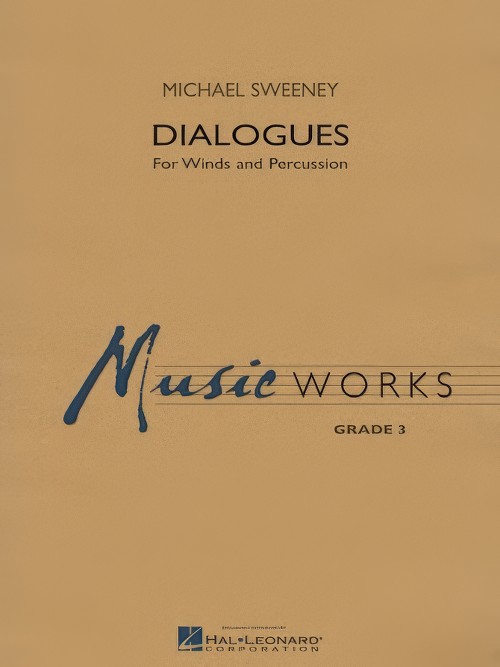 £60.99
£60.99Dialogues (for Winds and Percussion) (Concert Band - Score and Parts) - Sweeney, Michael
Here is a unique and striking work using contemporary percussion techniques, unmeasured sections, and dramatic musical effects. Strong brass fanfares, woodwind flourishes and short canonic statements lead to an uptempo rhythmic ostinato that builds steadily by layering rhythms and melodies. A brief slower section features solos for horn and flute before returning to the fast tempo and exuberant finish. Duration: 6:30
Estimated dispatch 7-14 working days
-
 £176.50
£176.50Masquerade (Concert Band - Score and Parts) - Sparke, Philip
Masquerade was commissioned by Stadtmusik Willisau from Switzerland (Reto Gdel, conductor) to celebrate their 175th anniversary in 2003 and first performed by them in November that year.1. Overture: The first movement opens with a fanfare-like figure, featuring the brass, before the main them is introduced over staccato chords. After a short, syncopated interlude a legato theme is introduced in the tenor register and material is developed until the music slows temporarily. The opening theme returns and the 'tenor' tune is taken up by the whole band until the opening fanfare returns to close the movement.2. Elegy: The slow movement opens intensely with a bare two-part theme, which leads to a passionate chorale-style melody. A second theme is introduced and leads to a climax, a return of the chorale theme and a pianissimo repeat which again leads to a full-band climax. The two-part theme returns quietly to create a peaceful close.3 Interlude: A short movement which changes the mood to introduce...4 Finale: Three violent chords preface a lively syncopated opening theme. The trumpets introduce a second idea, which is treated fugally, and this in turn leads to the main melodic idea of the movement, over staccato chords. A contrasting subject is then introduced in the middle of the band, followed by echoes of the first movement fanfare. The opening theme returns and material is revisited until the opening fanfare returns in full to end the work triumphantly.Duration: 15:30
Estimated dispatch 7-14 working days
-
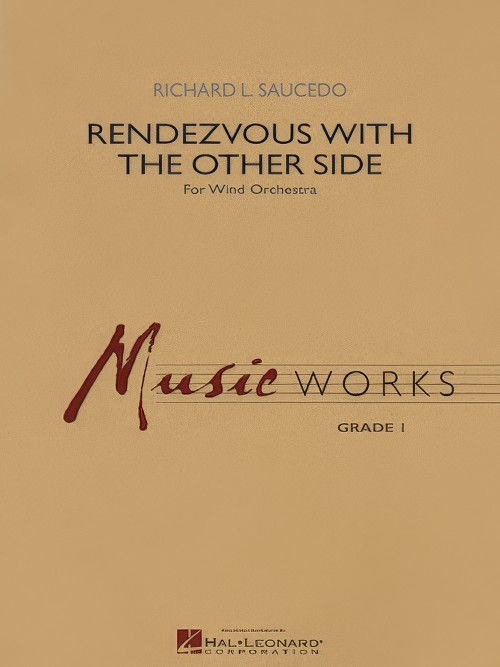 £79.99
£79.99Rendezvous with the Other Side (Concert Band - Score and Parts) - Saucedo, Richard L.
The composer's most ambitious symphonic work to date, this adventurous and powerful composition takes the listener through a collage of moods and interwoven sound textures. The opening and closing sections are propelled with rhythmic vitality and energy, while the middle slow section includes an important piano part along with unique woodwind and horn colors. The percussion writing is stunning and features expanded mallet parts and driving ostinatos. This exciting work is contemporary sounding and makes a bold statement for mature bands. Duration: 6:30
Estimated dispatch 7-14 working days
-
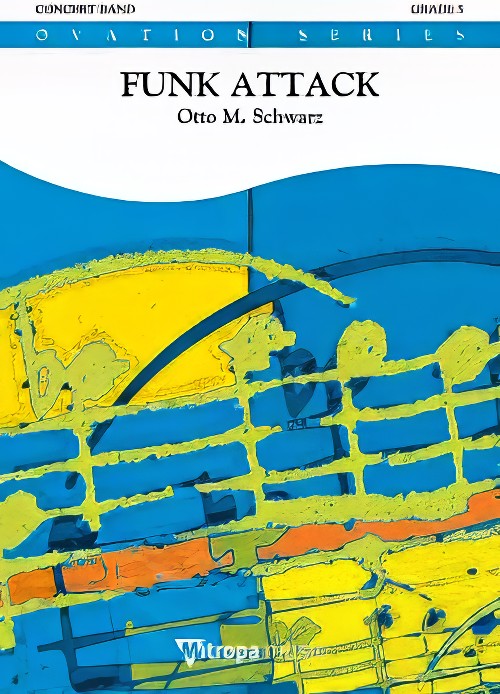 £84.99
£84.99Funk Attack (Concert Band - Score and Parts) - Schwarz, Otto M.
Otto M. Schwarz is endeavoring to contribute new ideas to concert band literature. He has contributed in the field of multimedia (Asteroid), and with his many compositions in symphonic/modern arrangement (Jazz Waltz No 1, Fire and Ice or Band Fever). His new composition Funk Attack is, as the name suggests, a piece in funk style. Otto M. Schwarz first gained his experience in his style in the 8o?s, transcribing numbers by famos Amerarican bands including "Earth, Wind and Fire", "Tower of Power"", and the British slap idol "Mark King" (Level 42). Funk attack is atypical of "the concert band scene" and requires absolute precision in phrasing and rhythm. Without the support of a great percussion groove, the orchestra plays an interlocked theme in the central section in style of recent American Big Bands. Otto M. Schwarz dedicated this work to "Alexander Veit and Symphonic Winds".Duration: 4:45
Estimated dispatch 7-14 working days
-
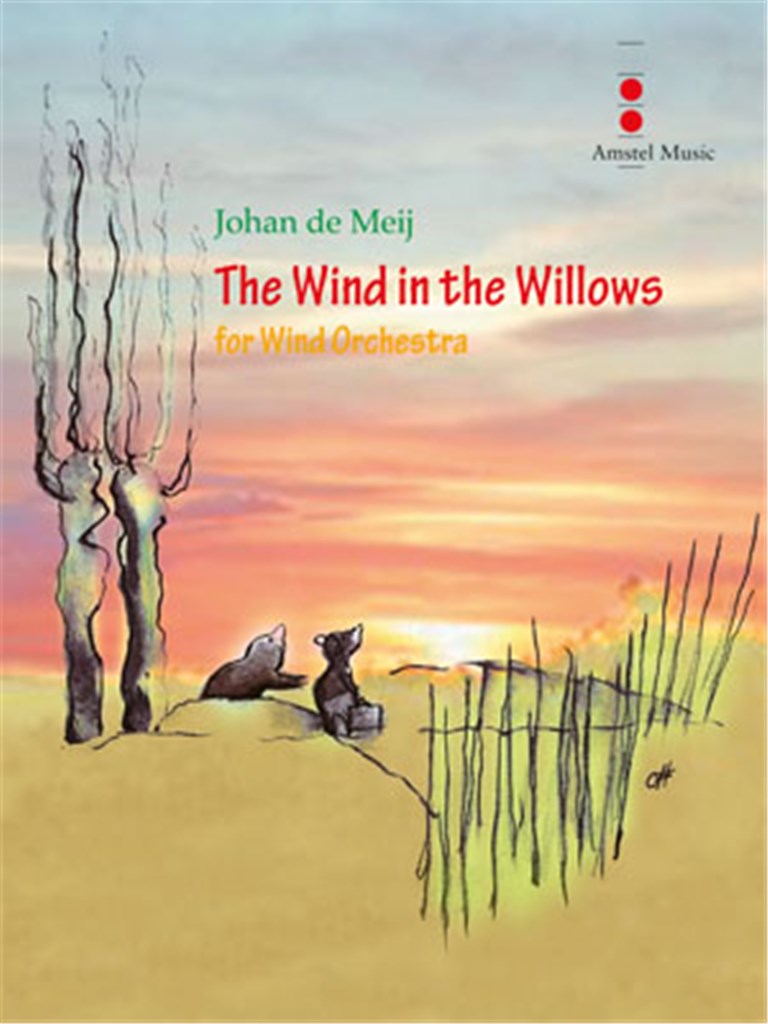 £250.00
£250.00The Wind in the Willows (Concert Band - Score and Parts) - De Meij, Johan
A book for those who keep the spirit of youth alive in them; of life, sunshine, running water, woodlands, dusty roads, winter firesides, said author Kenneth Grahame (1859-1932) about his children's book The Wind in the Willows. Initially, he wrote the stories about Ratty, Mole, Badger and Toad to read to his visually handicapped son Alistair, but after the publication in book form in 1908, it became a worldwide success. It was later also turned into a film and a television series. What appealed ti the composer most is the friendly, very cosy atmosphere that Grahame has managed to create with his optimistic narrative style full of high spirits, an atmosphere that reminds thecomposer of his own carefree youth. It was therefore a great pleasure to set this book to music! The four movements successively describe: I) The River- The river, which flows through the habitat of the animals like a lifeline, regularly is the scene of pleasant boat trips and picnics. The animals lead their untroubled lives here. The four-tone main motif [A-C-D-C] is extensively presented by the brass section, and returns in the following movements as a countermelody. II) Ratty and Mole -The bright, energetic Rat and the melancholy doubter Mole are inseparable friends and have many adventures. Their opposite characters are illustrated by separate musical themes. III) Mister Toad - The wilful, haughty Mister Toad is indeed a unique case: time after time, he runs into tricky situations, and with his indomitable passion for fast, preferably stolen, cars he causes quite a lot of damage... IV) The Return of Ulysses - After Toad Hall, the majestic residence of Mister Toad, is recovered from the weasels and stoats of the Wild Wood, who had captured the estate in a cowardly way, our friends get ready for a banquet. They celebrate the victory with a triumphant parade, and so both the book and the music conclude with a happy ending. Duration: 17.00
Estimated dispatch 7-14 working days
-
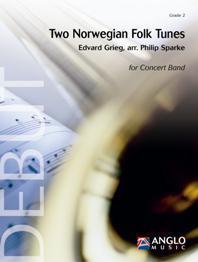 £74.99
£74.99Two Norwegian Folk Tunes (Concert Band - Score and Parts) - Grieg, Edvard - Sparke, Philip
The melodies, harmonies, moods and rhythms of Norwegian folk songs and dance (even the sounds of Norwegian folk instruments) permeate the music of Edvard Grieg (1843-1907). After studying in Leipzig and Copenhagen he returned to Norway and a chance meeting with Norwegian nationalist Rikard Nordraak ignited his interest in folk music and laid the foundation for his compositional style. His most famous orchestral works are the Piano Concerto (1868) and the incidental music to Ibsen's play Peer Gynt (1875). He wrote many collections of folk music for piano and these two tunes come from his 25 Norwegian Folk Songs and Dances, Op.17.Duration: 2:10
Estimated dispatch 7-14 working days
-
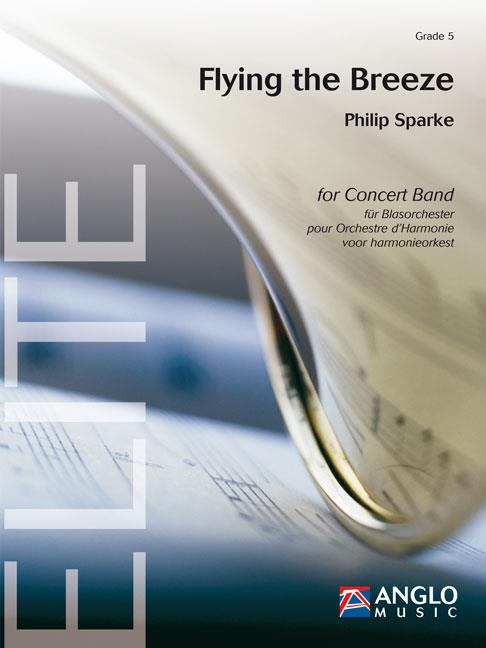 £137.99
£137.99Flying the Breeze (Concert Band - Score and Parts) - Sparke, Philip
The Breeze Brass Band, based in Osaka, Japan, is a professional ensemble, which was founded in 1990 to encourage the growth of brass bands there. They have invited many leading British conductors, composers and soloists to share their expertise and without doubt have been responsible, through concerts and recordings, for a huge increase in interest in brass bands in their country.In November 2000 they reached their 10th anniversary and commissioned Philip Sparke, a frequent visitor, to write a piece to celebrate the occasion. Flying the Breeze was the result and the composer made the concert band transcription in 2004.The piece opens with three repeated notes (in the brass band version these were written Bs - BBB being the band's initials) and a short introduction leads to a robust theme from the clarinets, horns and trombones, which is then taken up by trumpets. A restless bridge passage leads to a syncopated tune from the alto saxophone and then to a third theme from a solo euphonium. A graceful second subject, initially on a solo clarinet, leads back to a recall of the introductory material before a full-scale recapitulation. An intense allargando leads to a full-band version of the second subject under a running woodwind passage, which leads to a short coda.Duration: 6:00
Estimated dispatch 7-14 working days
-
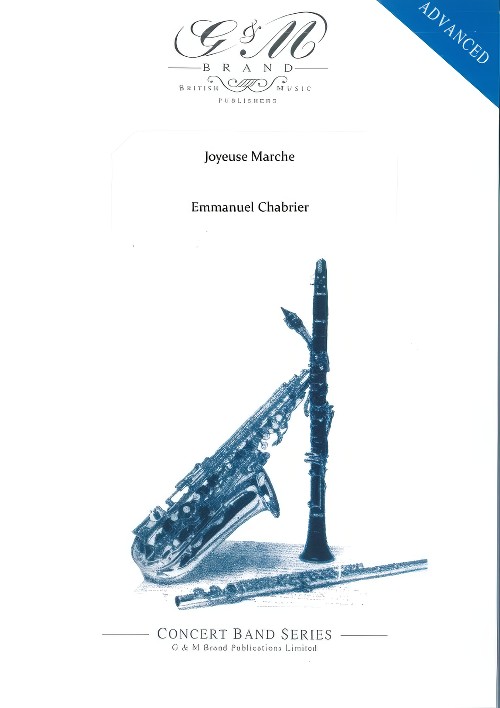 £74.95
£74.95Joyeuse Marche (Concert Band - Score and Parts) - Brand, Geoffrey
In spite of displaying remarkable musical gifts Chabrier (1841-1894) was sent by his father to study law and in due course, having taken a law degree, went to work in his native French Ministry of the Interior, stay there for eighteen years. During the whole of this time he was developing his real interests in music and painting, including composing operettas and music for the piano. Following a holiday in Spain in 1883, Chabrier wrote a rhapsody for orchestra based on Spanish tunes he had heard. This became Espana; it achieved immediate acclaim and is still his most performed work. Joyeuse Marche (originally called Marche Francaise) was written in 1888. It exudes Chabrier's rhythmical exuberance, spontaneity and wit, bringing pleasure and joy to performers and listeners alike. Truly a march which lives up to its title.
Estimated dispatch 7-14 working days
-
 £69.99
£69.99Infinity and Beyond... (Concert Band - Score and Parts) - Sparke, Philip
The last decades of the 20th century saw man's first steps in space exploration. Since the first moon landing by Neil Armstrong in 1969, these adventures in outer space have captured the public's imagination and have given birth to scores of science fiction movies, books and TV series that have tackled the subject. Infinity and Beyond... takes as its inspiration the wonderful film scores of composers such as John Williams and Jerry Goldsmith, who have almost invented a style which could be called 'space music'.Opening with a rhythmic bass figure, Infinity and Beyond... begins with a robust introduction in 3/4, which leads to the main theme in 4/4, played by the full band. A short bridge passage, utilising the interval of a fourth, leads to a modal central section, featuring first the trumpets and then played by the whole band; this in turn leads back to a repeat of the introduction until the main theme returns to bring the piece to a close.Duration: 3:00
Estimated dispatch 7-14 working days
-
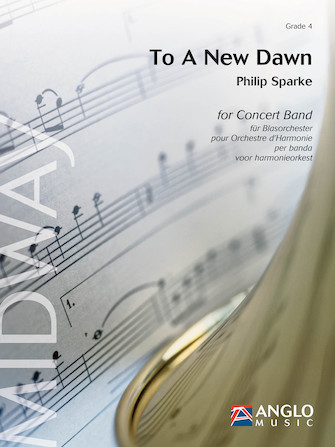 £152.99
£152.99To A New Dawn (Concert Band - Score and Parts) - Sparke, Philip
To A New Dawn was commissioned by the United States Continental Army Band - Captain Timothy J. Holtan, Commander and Conductor.The brief was for a piece to celebrate the 3rd Millennium and it was the composer's aim to provide a work which, as well as looking forward to the challenges of the new century, also contained moments of reflection about the last one.After a bright introduction featuring the trumpets a perky theme, passing quickly through several keys, appears on the woodwinds. A solo trumpet takes up a new theme over bubbling quavers (eighth notes) and this leads to a rhythmic figure on low clarinets, followed by the upper woodwinds. A brass interlude follows and, after a short bridge passage, an oboe takes up a contrasting legato tune that builds to a climax.An andante section follows with solos for horn and flugel horn (or trumpet) and a florid flute cadenza. A passionate climax leads back to the faster music and, eventually, to a full recapitulation, revisiting the earlier material before a lively coda close the work as it began.Duration: 9:40
Estimated dispatch 7-14 working days
